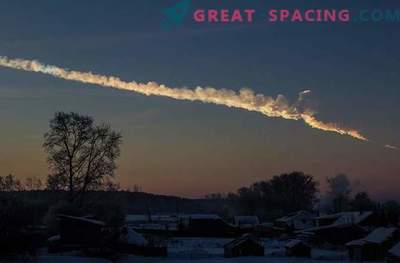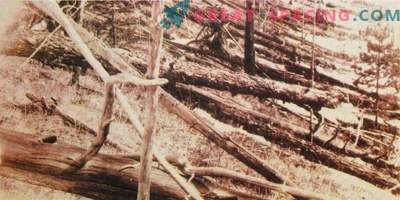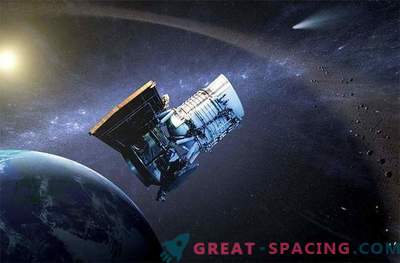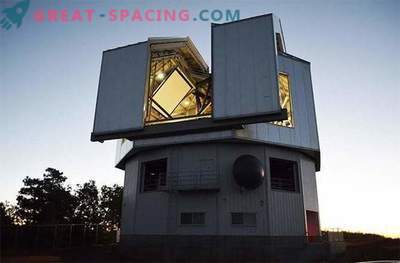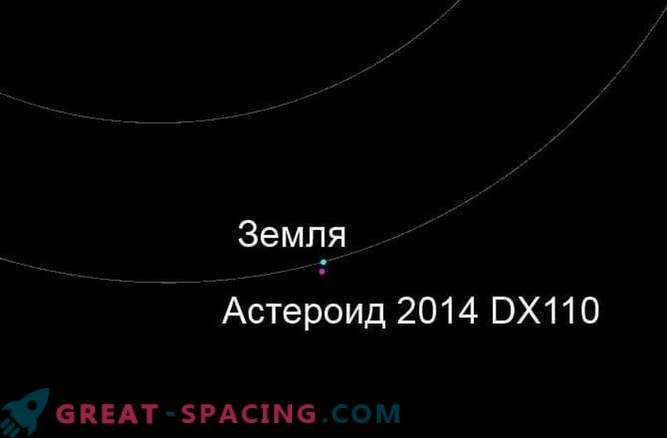
This happens 20 times a year, but one mention of an asteroid flying near Earth is enough to bring the tabloid press into a frenzy.
Today at 4:07 pm, the asteroid 2014 DX110 will fly near the Earth at a safe distance of 217,000 miles (350000 km). This asteroid was discovered on February 28 as part of the Pan-STARRS project in the Hawaiian Islands. The 2014 DX110 will come closer to Earth than the moon's orbit. Telescopes from Earth will be closely watching the asteroid to find out its mass, composition and parameters of the orbit.
Although it is of course “almost invisible” on a cosmic scale (compared to, for example, the largest stone block of 2013 PJ10, which flew past last August), the asteroid 2014 DX110 is 100 feet (30 meters) wide and only slightly larger than a meteorite flying over Chelyabinsk in Russia in February 2013.
This meteorite is currently monitored by the Slooh telescope and broadcast live, which is evidence that technologies are improving and are able to detect all the smaller asteroids that fly in our interplanetary region.
Pan-STARRS is part of the Near-Earth Objects Surveillance Program (known as “Space Guard”) and is crucial in detecting and tracking a huge number of objects carrying a potential threat. Although storing data about asteroids, such as 2014 DX110, is important (after all, knowing the place and time of the next Chelyabinsk event to repeat, you can minimize casualties and material losses), Spaceguard is more interested in tracking and tracking large asteroids. Now, reading another tabloid magazine, note that their definition of “huge” does not coincide with the definition of what astronomers call “huge.”
Some comparison:
1. Ceres: The largest asteroid in the solar system. It is so large that it was classified as a dwarf planet. Size: 590 km in diameter. Huge….
2. Vesta: Another stocky asteroid with protoplanetary data that lives in the asteroid belt. Size: 326 km - is huge.
3. Apophis: an asteroid approaching Earth in 2006, thereby triggering a heated discussion among astronomers. After further analysis of the asteroid, the probability of its falling to the Earth was excluded. If an asteroid, the size of Apophis, hit the Earth, it would have caused destruction in a vast territory. Size: 323 meters - moderately large.
4. Tunguska meteorite: Fell under Tunguska, Russia in 1908, destroying a forest in a deserted area. Size: up to 70 meters - small.
5. 2014 DX110: Size: 30 meters. On a cosmic scale - pebbles.
